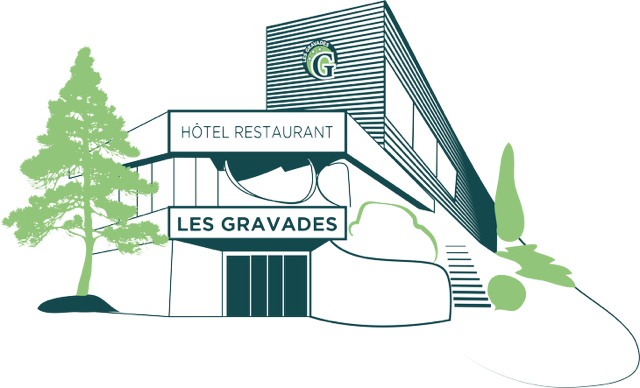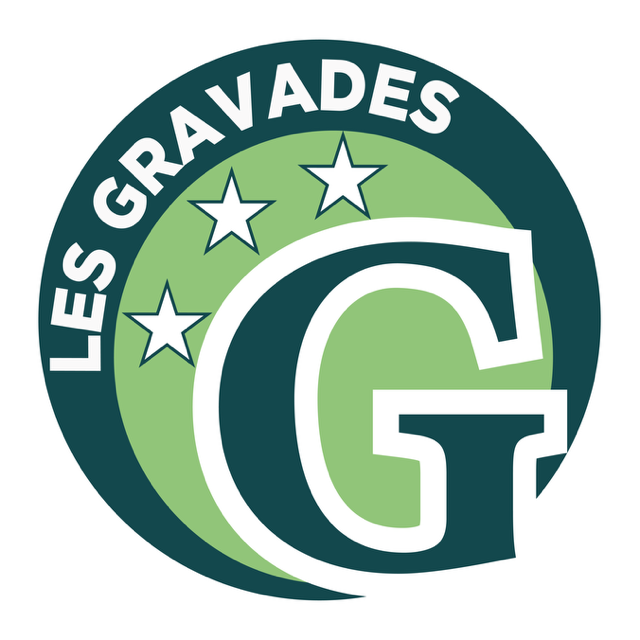Content
The structure of the network of LIKE attitudes and group level properties such as reciprocity and partner-specificity are an emergent property arising from the interrelation between emotional attitudes and affiliative behavior. To study the effect of both negative and positive emotions on patterns of social behaviour while law firm bookkeeping also modelling the spatial distances among group members we developed the EMO-model [56]. We took great care to ground all behavioural and emotional processes implemented in our model on empirical studies. Although we did not succeed fully in doing so, many simulation results corresponded with empirical data [56].
Arousal, anxiety and satisfaction may change dynamically over time depending on the social context ego (i.e. a model entity) had experienced. The level of arousal, anxiety and satisfaction that is approached over time is described by the respective limit value (myAROUSAL_LIMIT, myANXIETY_LIMIT, mySATISFACTION_LIMIT). Model individuals are also characterized by partner-specific emotional attitudes (LIKE and FEAR), they assign to each other group member.
Bookkeeping model
Aggressive behaviours were best predicted by LIKE attitudes, especially at high or low LPS. At low LPS, both LIKE attitudes and aggression are directed down the hierarchy, while absolute rank-distance is symmetric. At high LPS, LIKE attitudes and attacks become more reciprocated and symmetric, but also more individual-specific. Only submissive behaviours were always better predicted by rank-distance independently of LPS.
Note further, that rowwise tau values could not be calculated for submissive behaviours (leave, submissive signal and avoidance), as these matrices were sparse. At increased LPS, the rowwise tau values of LIKE attitudes and affiliative behaviours increased (see black box-plots in Fig. 3), indicating enhanced group-level reciprocity. Similarly, at increased LPS the rowwise tau values of aggressive behaviours increased from negative values towards values around zero (see black box-plots in Fig. 3), indicating decreased group-level imbalance. At increased LPS, the Shannon index of the LIKE attitudes, the proximity scores and affiliative behavioural frequencies were decreased (see black box-plots in Figure F2 in S1 Supplementary Material). Hence, at increased LPS, individuals restricted their affiliative behaviours, their proximity and high LIKE attitudes to fewer group members than at lower LPS. This decrease in number of selected interaction partners explains the slight decrease in proximity scores and LIKE attitudes at high LPS.
Figures
One of three consultations with key stakeholders, Shift and the Capitals Coalition met with accounting experts and economists to discuss early stage propositions regarding key inputs to the proposed accounting model. This consultation focused on the potential accounting model to which data on actual wages and living wage benchmarks would be key inputs. For each setting of LPS, 10 independent simulations were run for the dynamic and the fixed attitude model, resulting in a total of 100 independent simulation runs. Our focus is on developing an accounting model that can be used by companies not only for internal management purposes but also in public reporting to express in simple and comparable terms the progress toward living wages in their operation and supply chains.
- Executing aggressive behaviour increases ego’s own arousal, while ego’s own anxiety level decreases or increases depending on the outcome of the conflict.
- In our model, behavioural patterns, e.g. affiliation, aggression and proximity, are emergent properties arising from the interactions of the model entities.
- The extent of arousal change depends on the emotional salience of the stimulus (Table T3 in S2 Supplementary Material).
- Individuals are characterized by their dominance strength (myDOM), which does not change over time or after interactions [43,44,56,68].
- Hence, at increased LPS, individuals restricted their affiliative behaviours, their proximity and high LIKE attitudes to fewer group members than at lower LPS.
- Articulated in that form the accounting equation is enabled to be defined as a dynamic stock and flow model expressing the two dimensions of the double-entry accounting system.
Individuals in the FriendsWorld model may employ a simple form of emotional bookkeeping to distinguish « friends » from « non-friends ». However, the underlying (cognitive) mechanism is not explicitly formulated in the model and « friends » are determined by the global observer, i.e. by calculating for each individual the top quartile of its grooming partners. Individuals in the dynamic attitude model regularly update their partner-specific LIKE attitudes assigned to other group members, based on earlier grooming received from these individuals. Emotional bookkeeping provides individuals with summarized information on ‘valuable’ affiliation partners, which may dynamically change over time according to these partners’ behaviour. In this way, individuals ‘learn’ with which specific partners they should affiliate. Taking the emotional experiences from past interactions with specific partners into account over a longer time span is called emotional bookkeeping [19,21,47].
Internal Sales Accounting Model
This was due to the fact that submissive behaviours were not affected by LIKE attitudes or resulting proximity, as they were mostly directed towards group members distant in rank, which were also often distant in space. Upon receiving an attack the respective model individual is immediately activated to respond with either fleeing or a counter-attack. When a counter-attack was selected in response to an attack, we call this an escalated fight. The winner and loser of such a fight are determined randomly according to the individuals’ win chances which are calculated via a sigmoidal function of the difference in dominance strength of the two individuals, [43,71].


